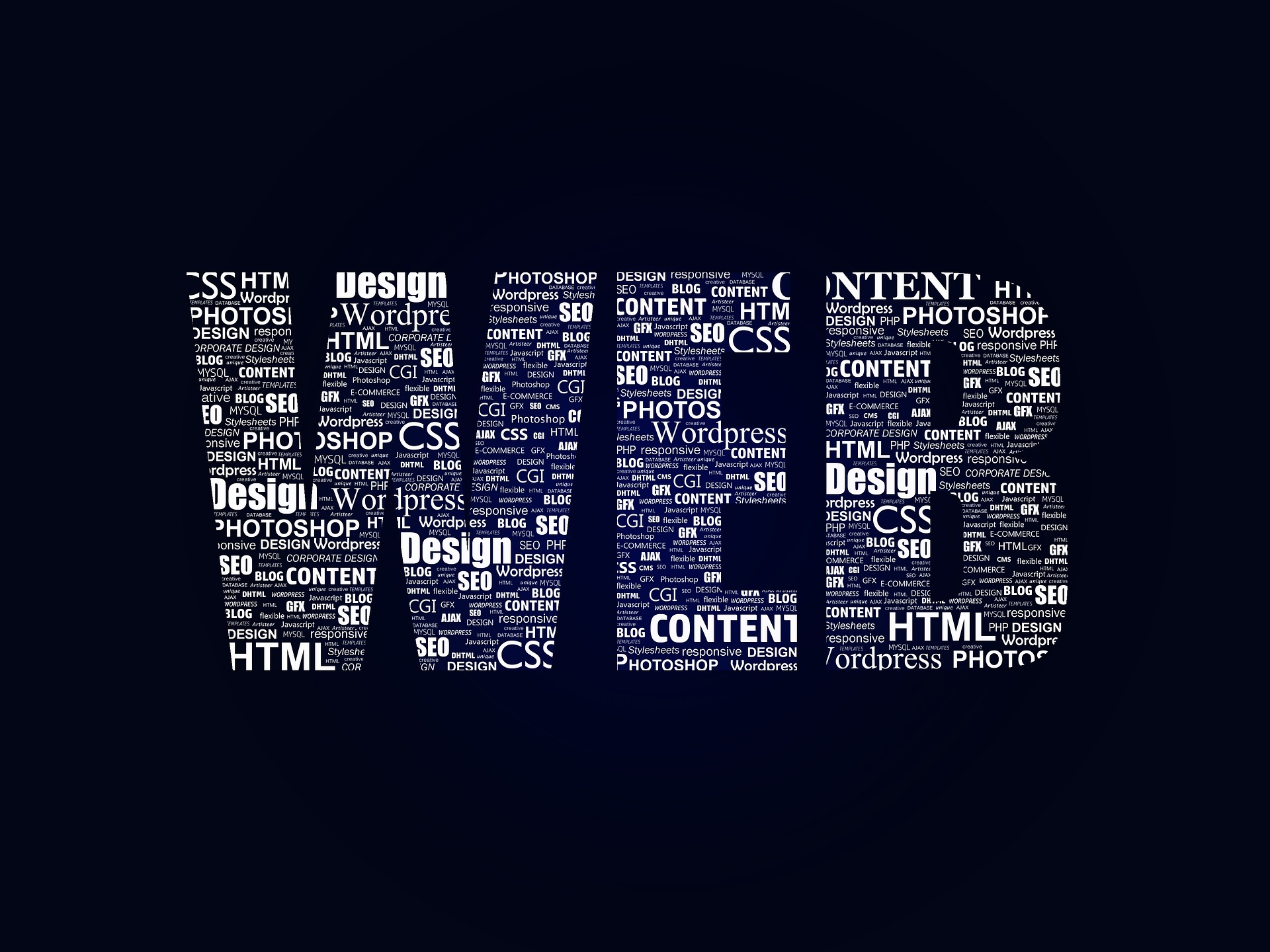Template Design: Principles for Clear, Flexible Templates
Template design is the practice of creating reusable, structured layouts that guide content presentation across different mediums, from websites to slides and print. Good templates reduce repetitive work, ensure visual consistency, and make updates faster while preserving brand voice and usability. Effective template design balances functional constraints (grid, spacing, responsive behavior) with visual elements like graphics and colors so content remains accessible and engaging. Whether you’re building a website theme, a slide deck for a presentation, or a brand document, the right template helps people focus on content rather than layout decisions, and supports creativity within defined boundaries.

How do graphics shape a template?
Graphics are central to how a template communicates. Thoughtful graphic elements—icons, illustrations, background patterns, and imagery—establish tone and support information hierarchy without overwhelming content. A template should define clear rules for graphic use: which file formats and sizes are acceptable, how to crop or mask images, and where decorative versus informational graphics belong. Consistent treatment of imagery (filters, borders, aspect ratios) keeps pages unified, while modular graphic assets allow designers and content creators to adapt visuals quickly for different contexts such as banners, thumbnails, or hero sections.
What makes a website template effective?
An effective website template combines responsive layout, accessible typography, and predictable navigation patterns. Templates should include a grid system, component library (buttons, forms, cards), and defined breakpoints so pages render well on phones, tablets, and desktops. Documentation is vital: specify spacing rules, type scales, and behavior for interactive elements. Performance considerations—optimized images, limited use of heavy scripts, and CSS efficiency—also belong in the template’s scope. A well-documented website template enables developers and content editors to assemble pages that look coherent and perform reliably across environments.
How should a presentation template be structured?
Presentation templates need to prioritize clarity and flow. They typically include title slides, section dividers, content layouts (text with image, two-column, quote, data slide), and a consistent set of fonts and colors. Slide templates should offer visual hierarchy: large clear headings, legible body text sizes, and suggested limits on text per slide. Integrated placeholders for graphics, charts, and speaker notes help maintain consistency while allowing presenters to emphasize key messages. Templates that provide export-friendly assets (print-friendly versions, PNG placeholders) make it easier to reuse slides in reports or on websites.
How to choose and use colors in templates?
Color choices anchor brand identity and affect readability. A template should define a primary palette (main brand color and supporting hues), secondary accents, and neutral tones for backgrounds and body text. Include guidance on contrast ratios to ensure accessibility—text must remain legible against background colors. Specify functional color uses such as links, buttons, alerts, and success states to avoid ambiguous meanings. Consider color systems that scale (light/dark modes or variable color shades) so templates work across different contexts while maintaining visual cohesion and user familiarity.
How does creativity fit into template design?
Creativity in templates is about enabling expressive choices within a controlled system. Templates should provide flexible components—modular card designs, optional decorative elements, and varied layout templates—so users can craft distinctive pages without breaking consistency. Design tokens (spacing, radii, type scales) allow creative variations while keeping a coherent base. Encourage experimentation through examples and starter content that show unconventional yet compliant ways to use the template. This balance helps teams apply creativity where it matters—visual storytelling and content emphasis—without reintroducing layout inconsistency.
Conclusion
Template design is an exercise in framing: it structures how content is organized, presented, and perceived while setting boundaries that preserve usability and brand identity. Covering graphics, website behavior, presentation layout, color systems, and creative flexibility ensures templates serve both practical workflows and communication goals. Well-documented templates reduce friction for teams, maintain consistent user experiences, and free creators to focus on meaningful content rather than repetitive layout choices.






